Exploring the versatile cornerstone of the US Navy’s destroyer fleet
- By Stavros Atlamazoglou
Share This Article

Although it is no longer the largest naval force in the world, having been surpassed in size by the Chinese navy, the U.S. Navy is the most advanced and capable. It currently has hundreds of surface combatants, submarines, and support ships, as well as thousands of combat and support aircraft.
When it comes to surface combatants, guided missile destroyers are the mainstay of the Navy’s surface fleet. The U.S. Navy operates two types of guided missile destroyers: the Arleigh Burke-class (DDG 51) and the Zumwalt class (DDG 1000). In total, the Navy has 75 guided missile destroyers active (73 Arleigh Burke and 2 Zumwalt), making destroyers the most populous category of warship in the entire Navy.
Capable of countering multiple threats, American destroyers go everywhere and do everything. And if there is one type of ship that has made its name synonymous with destroyers that is the Arleigh Burke class.
The class is named after Admiral Arleigh Burke, a destroyer officer in World War II and later chief of naval operations.
Active for 39 years, the Arleigh Burke program is one of the longest-running shipbuilding project’s in the history of the Navy. From 1985 to 2024, the Navy has procured 94 Arleigh Burke destroyers (around 20 ships will be delivered in the next years). For most of the program, the Navy was receiving from two to five Arleigh Burke destroyers a year. More recently, it has been getting from one to three warships a year, and there was a three-year lull between 2006 and 2009 where it didn’t receive any.
The first Arleigh Burke destroyer entered operational service in 1991, and the fleet has received several updates and modernizations throughout its lifetime.
There are four versions of the Arleigh Burke: Flight I, Flight II, Flight IIA, and Flight III. The most advanced operational version of the Arleigh Burke, the “Flight III” design, packs a new radar system, SPY-6, and the ability to carry more advanced munitions.
Related: Where is the Yellow Submarine? The Royal Navy has a sub problem
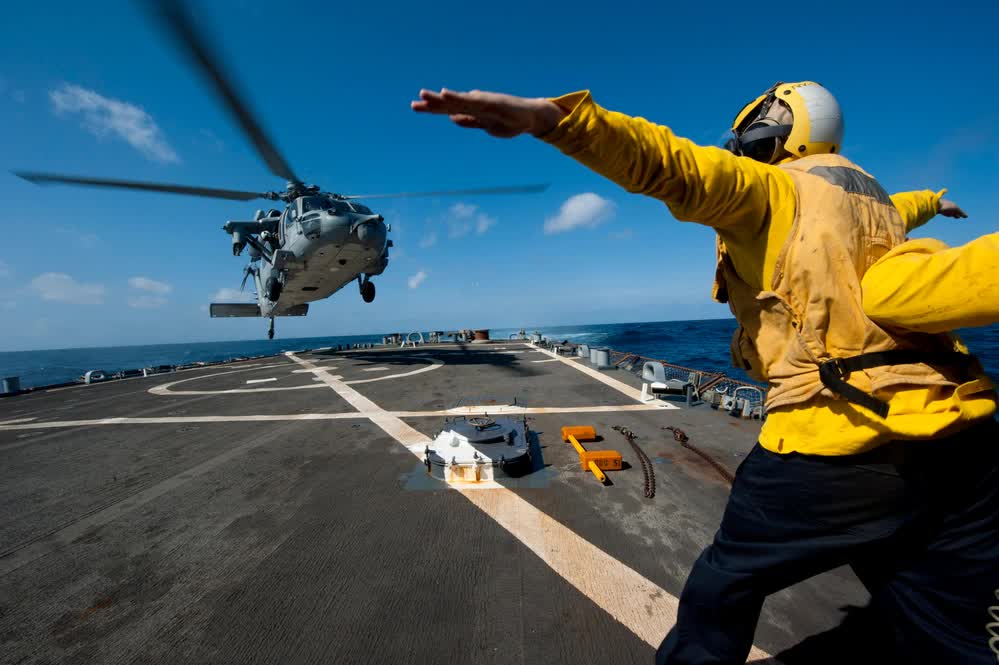
Flight IIA and Flight III vessels can pack almost 100 missiles, including Tomahawk land-attack cruise missiles, Harpoon anti-ship missiles, a variety of air defense missiles, and torpedoes. The most advanced versions of the destroyer can also carry two MH-60R Sea Hawk helicopters for anti-submarine warfare.
What makes destroyers great is their versatility. A destroyer can operate on its own, as part of a destroyer squadron, or serve on a carrier strike group alongside an aircraft carrier. They are the Navy’s Swiss Army Knife, having the ability to effectively conduct anti-air, anti-submarine, and anti-surface warfare.
In a potential conflict with China in the Indo-Pacific, Arleigh Burke-class destroyers would play a key role with their ability to take on targets on the ground, in the sky, on the sea, and under the sea. They offer various options to a commander and the more options one has in combat, the better.
The Navy plans on keeping the class active for several more decades. Although a new program under the name DDG(X) is looking to develop a next-generation surface combatant, that capability is still a few years away.
Arleigh Burke destroyers have seen extensive operational action in the past 25 years. The USS Cole, which was attacked by al-Qaeda terrorists in 2000 in Aden, Yemen, is an Arleigh Burke destroyer. Most recently, the USS Arleigh Burke (the lead ship of the class) and the USS Carney shot down several Iranian ballistic missiles with SM-3 air defense missiles in April.
But Arleigh Burke destroyers have been involved in unfortunate accidents as well. From 2012 to 2017, three destroyers of the class were involved in collisions with other ships, resulting in significant damage to warships and several fatalities.
Feature Image: The guided missile destroyer USS Arleigh Burke (DDG 51) steams through the Mediterranean Sea. Arleigh Burke is currently deployed in the Mediterranean Sea conducting missions in support of Operation Enduring Freedom, March 2003. (U.S. Navy photo by Journalist 2nd Class Patrick Reilly/Released)
Read more from Sandboxx News
- 7 strategies to stay positive in your military (or in any) career
- America’s F-15EX could wear many hats in a 21st-century fight
- Anduril’s new cruise missile concept could be a boon for American airpower
- The Air Force wants drones on steroids to accompany its future fighters
- The British military’s new elite unit is receiving one of the best rifles in the world.
Related Posts
Sandboxx News Merch
-

‘AirPower’ Classic Hoodie
$46.00 – $48.00 Select options This product has multiple variants. The options may be chosen on the product page -

‘Sandboxx News’ Trucker Cap
$27.00 Select options This product has multiple variants. The options may be chosen on the product page -

‘Kinetic Diplomacy’ Bumper Sticker (Black)
$8.00 Add to cart
Stavros Atlamazoglou
Greek Army veteran (National service with 575th Marines Battalion and Army HQ). Johns Hopkins University. You will usually find him on the top of a mountain admiring the view and wondering how he got there.
Related to: Military Affairs
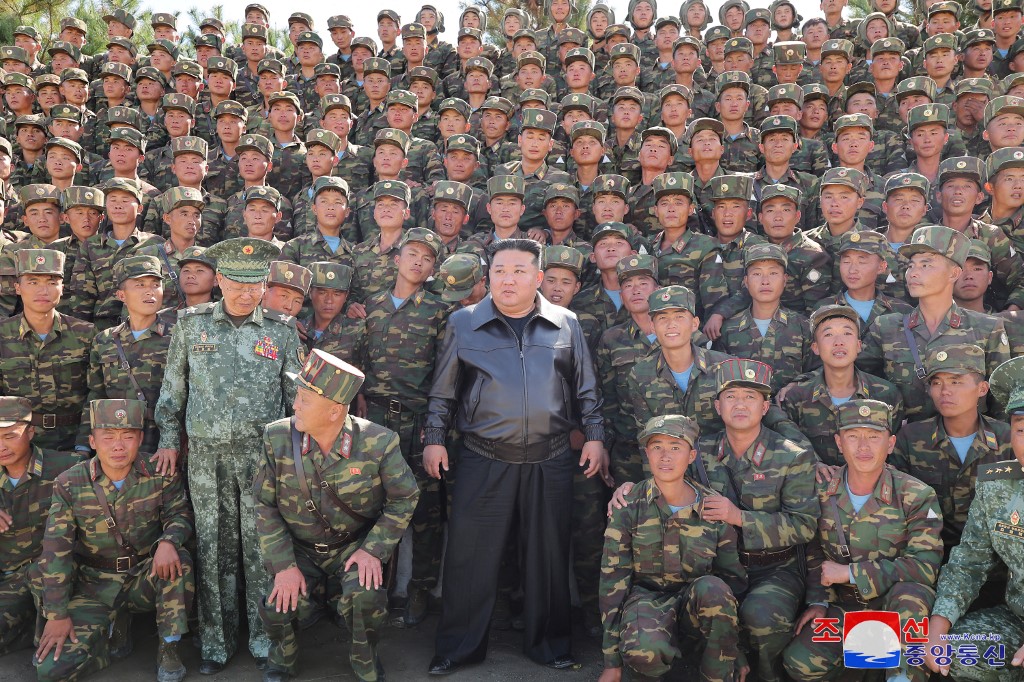
North Korean troops in Ukraine seem stuck in the Cold War, evidence suggests
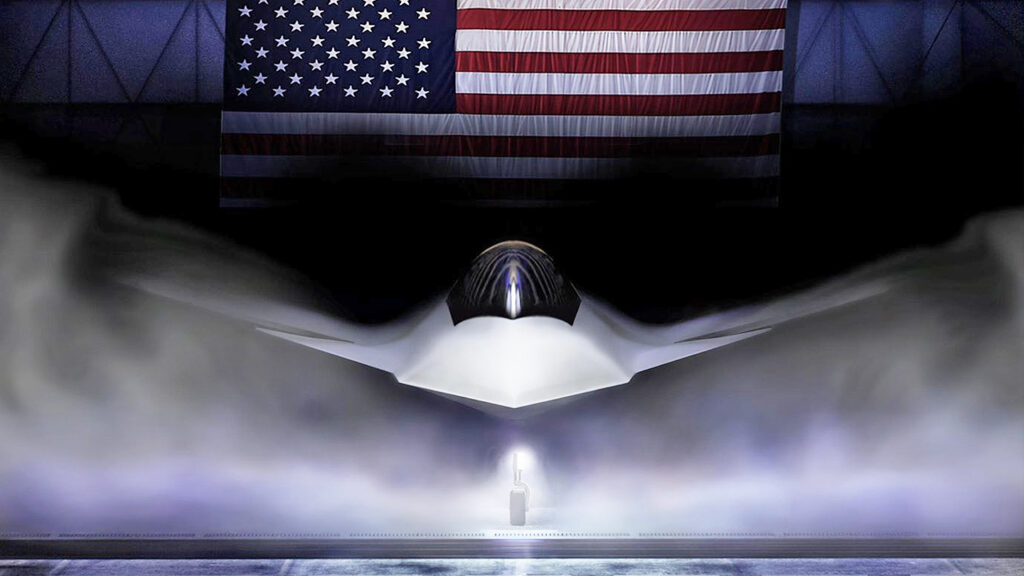
Boeing has managed to win the contract for America’s NGAD fighter
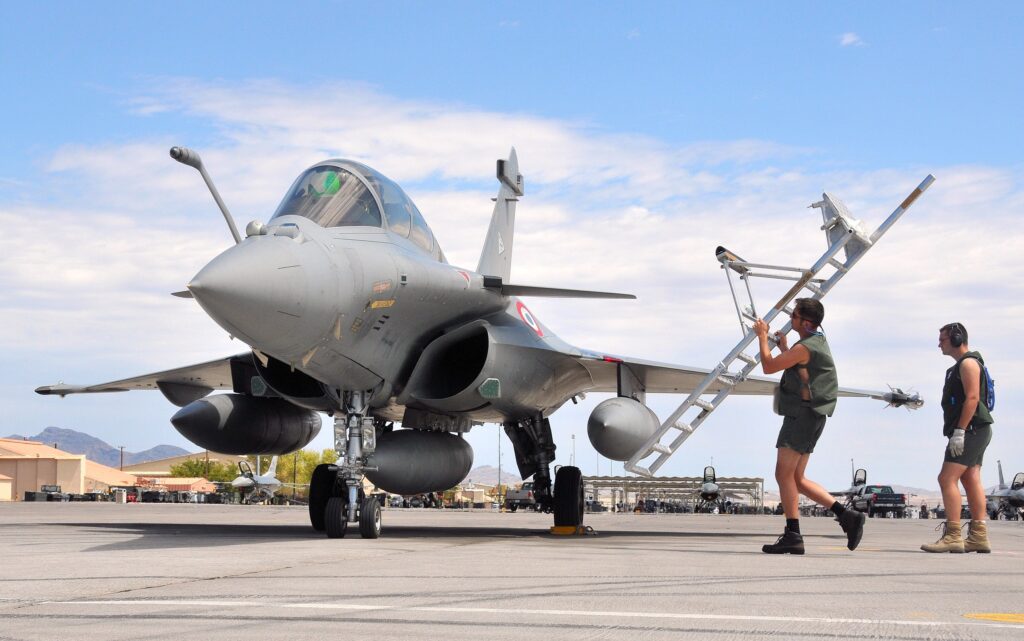
Could France undertake the role of Europe’s nuclear protector? Potentially
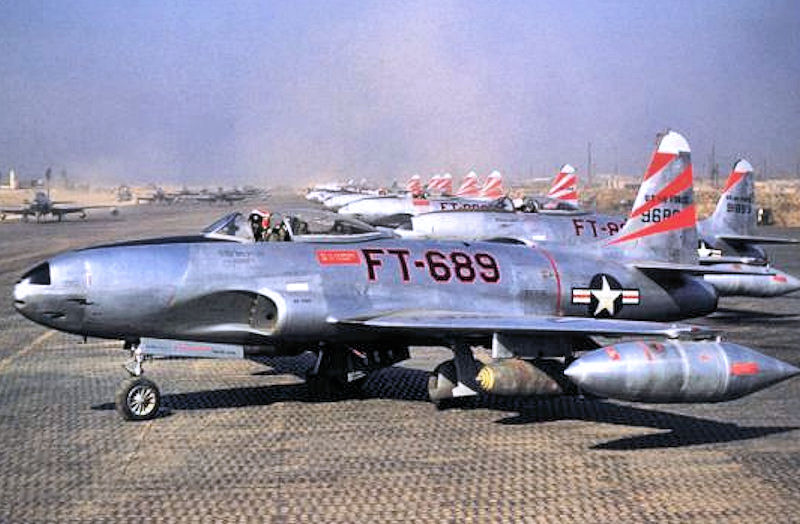
What are the differences between the six generations of fighter aircraft?
Sandboxx News
-

‘Sandboxx News’ Trucker Cap
$27.00 Select options This product has multiple variants. The options may be chosen on the product page -

‘AirPower’ Classic Hoodie
$46.00 – $48.00 Select options This product has multiple variants. The options may be chosen on the product page -

‘AirPower’ Golf Rope Hat
$31.00 Select options This product has multiple variants. The options may be chosen on the product page -

‘Sandboxx News’ Dad Hat
$27.00 Select options This product has multiple variants. The options may be chosen on the product page
